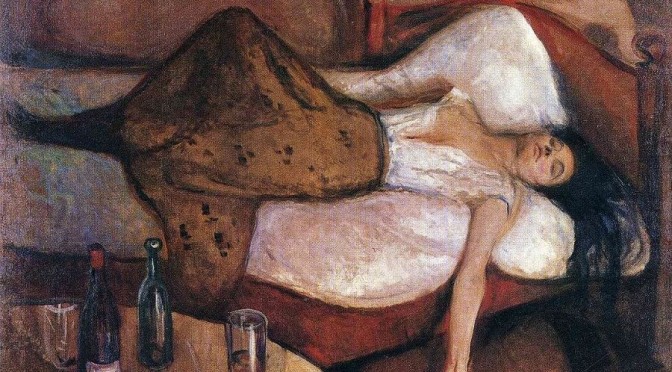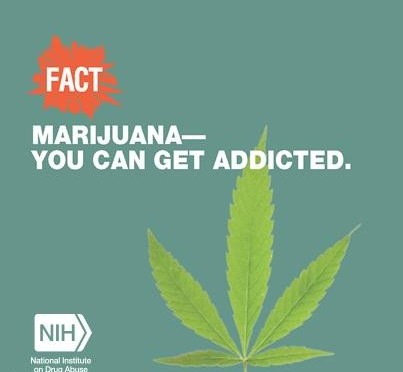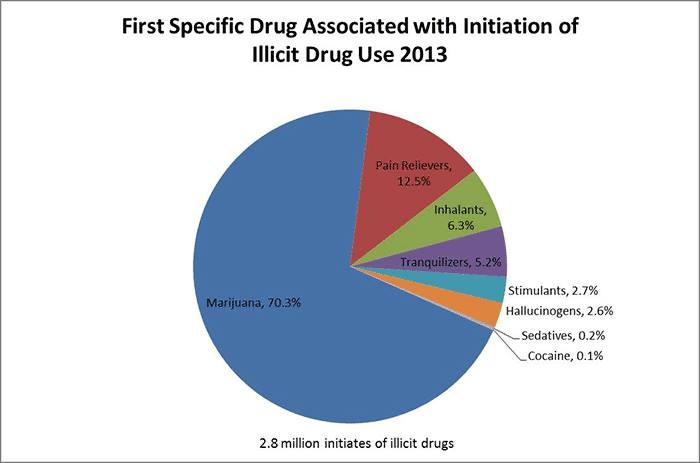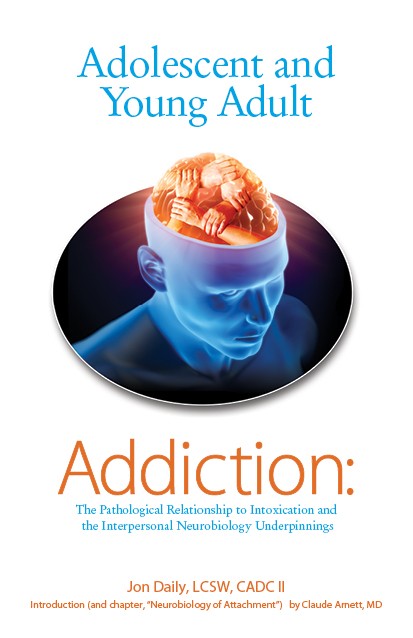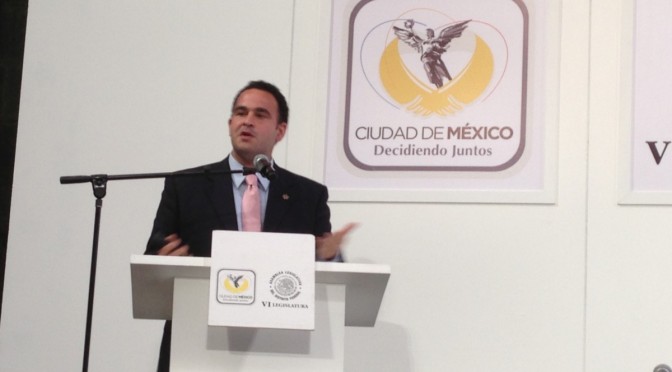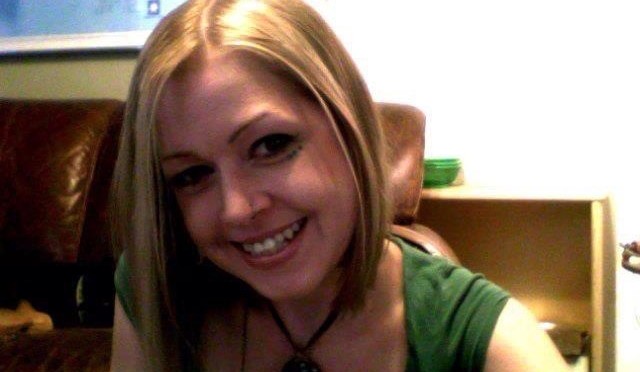by Robert Charles, for Town Hall Magazine
The Christmas carol is poignant – reminder of Christmas, and beyond. “What child is this, who, laid to rest …” the carol begins. “Whom angels greet with anthems sweet, while shepherds watch are keeping?” it continues. The stanza ends, “Haste, haste ….” Lovely, lilting, full of promise – like the birth of a child. Here, a special child – but also every child.
In a season of joy, it is a message is joy. But the mind wanders, also to our mortal world. New numbers on drug addiction and drugged driving death, so many lost souls – mitigate the joy. They caught me off guard this week. My brother, a high school teacher, shared with me the loss of another student, another fatal crash, as drugged driving numbers rise. What is the season for heartbroken parents – but a season of loss? Each year, upwards of 100,000 parents lose a child to drug abuse.
What child is this? It is America’s child, and America’s childhood. How is it that we have, collectively, forgotten to keep watch over those entrusted to our watch – especially from high office? Last year, 47,055 Americans, most of them young, were lost to drug abuse – just statistics now. Why?
In part, because so many Americans have heard a mixed message from their leaders – with devastating effects. Led to believe drugs are “recreation,” something not different from beer or wine, kids try and soon die. Synthetic opioids, heroin, cocaine, high potency marijuana – and then a trip to the ER, or not even, on the way to a mortuary. Numbers do not lie.
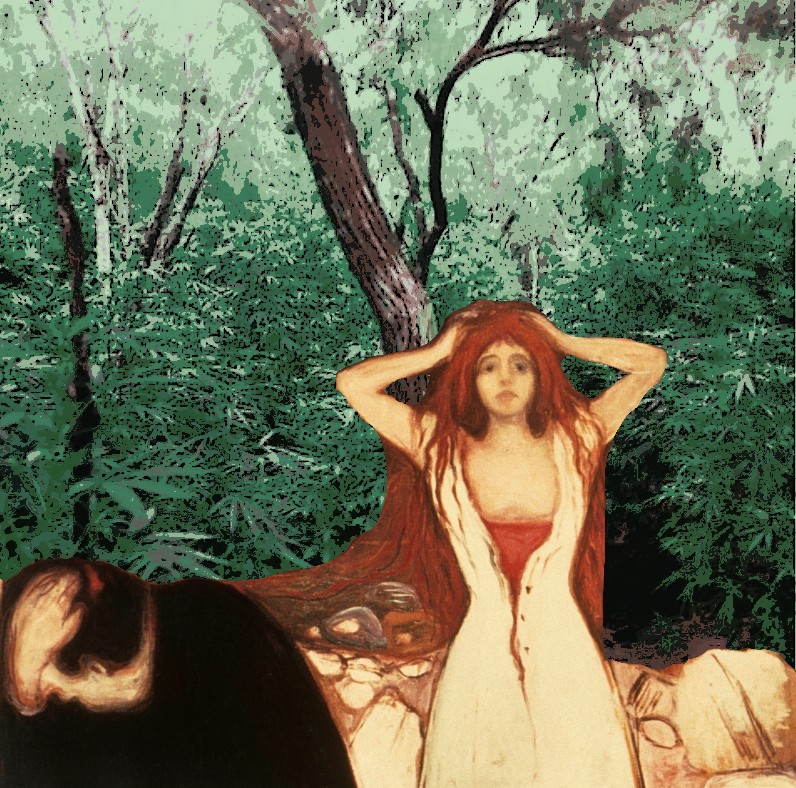
Drugged driving is now another epidemic. Drivers and helpless passengers are all at risk, along with everyone on the road. Near home, not long ago, several kids died in a terrible car crash. They missed a bend and hit a tree. The sister of a child known to my son was almost in that car – but courageously declined the ride. She knew the driver was compromised. That decision saved her life. Unfortunately, the searing truth caught others off guard. Drugged driving is death on wheels, period. Drug legalization is the unabashed promoter of that death. So, where are the shepherds? Where are the outspoken leaders, who know this – but are silent?
What child is this, who starts with marijuana, soon is addicted, ends overdosing on opiates or as a roadside cross? What child is this, who needed knowledge from someone they trust – but get misinformation? What child is this, who is force-fed popular lies, that drug abuse is “recreation?”
And what child is this, “greeted by angels,” who was forsaken here – by knowing leaders for political advantage? “Laid to rest” by parents’ inconsolable hands? Where were leaders, a thoughtful president, governor, congressman, legislator, mayor? How could we, in a blink, give up 50,000 souls – this year, again? Silence is not just holy – it can also be complicit. Permitting legal expansion of drug abuse, legalized money laundering, an insidious tax grab and a Federal blind eye – comes at the expense of young lives. That is the truth.
Needed in this season of change are new national and community leaders, who are unafraid to say: Do not compromise the future. Do not risk everything for nothing. Do not break faith with yourself, or those counting on you.
The mind wanders … from a Christmas carol to those not here to celebrate. To parents, siblings, friends and teachers sadly forced to ask “what if…” And bigger questions: What if the legalization pabulum and knowing disinformation were stopped? What if drugs that addict and kill were less available? What if policy indifference turned to saving young lives, not putting them at risk?
Said Henry David Thoreau, every child is an “empire.” But today, these empires are falling fast. The risk inherent in our indifference, disinformation, disregard for truth, and treating death as recreation. Addiction’s darkness comes on fast. Life soon narrows, ambitions die, dependence rises, users are boxed in, relationships and functions degraded, nightmares start and then the awful, big question – who cares?
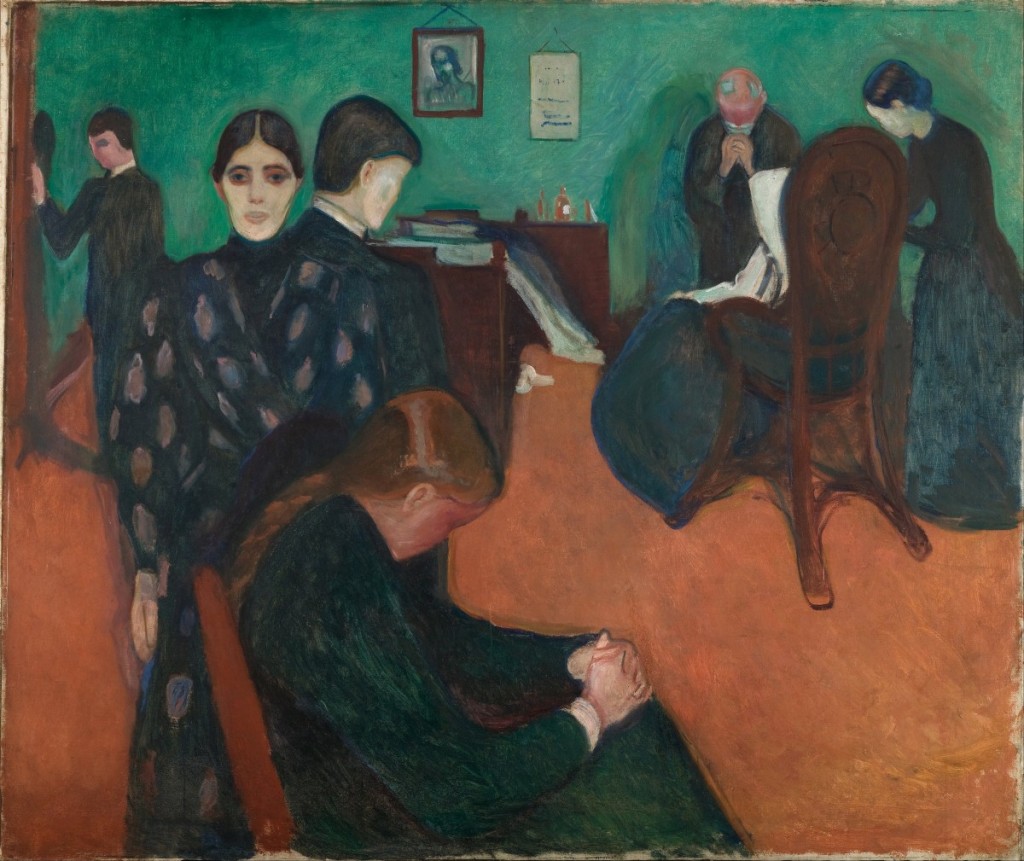
These days, few seem to – not the president, Congress, many state “leaders.” They just go along. Meantime, more families are drained and left alone – victims of widening drug abuse, drugged driving, drug-related crime, and life-changing addictions. The Trump team has a chance to say: Enough, experiment over. That would help American families stop grieving, and save kids from this unparalleled dance with false information and societal indifference. That would be leadership – and long overdue. So, pull the Drug Czar back to Cabinet rank, put Federal resources and smart people on enforcing the law, and educate the country.
“What child is this?” It is America’s child. With new hope and real leadership – may we have no more compromises with evil, but truth spoken to power, and power to people. Let us stand watch, shepherds for young America. “Haste, haste …” in this and all seasons. There is a resolution for the new year.
Robert Charles is a columnist for Town Hall Magazine. He also wrote Return the Drug Czar to Cabinet. Robert Charles is a former Assistant Secretary of State for International Narcotics and Law Enforcement under George W. Bush, former Naval Intelligence Officer and litigator, who served in the Reagan and Bush 41 White Houses. He wrote the book “Narcotics and Terrorism,” and writes widely on national security and law.

